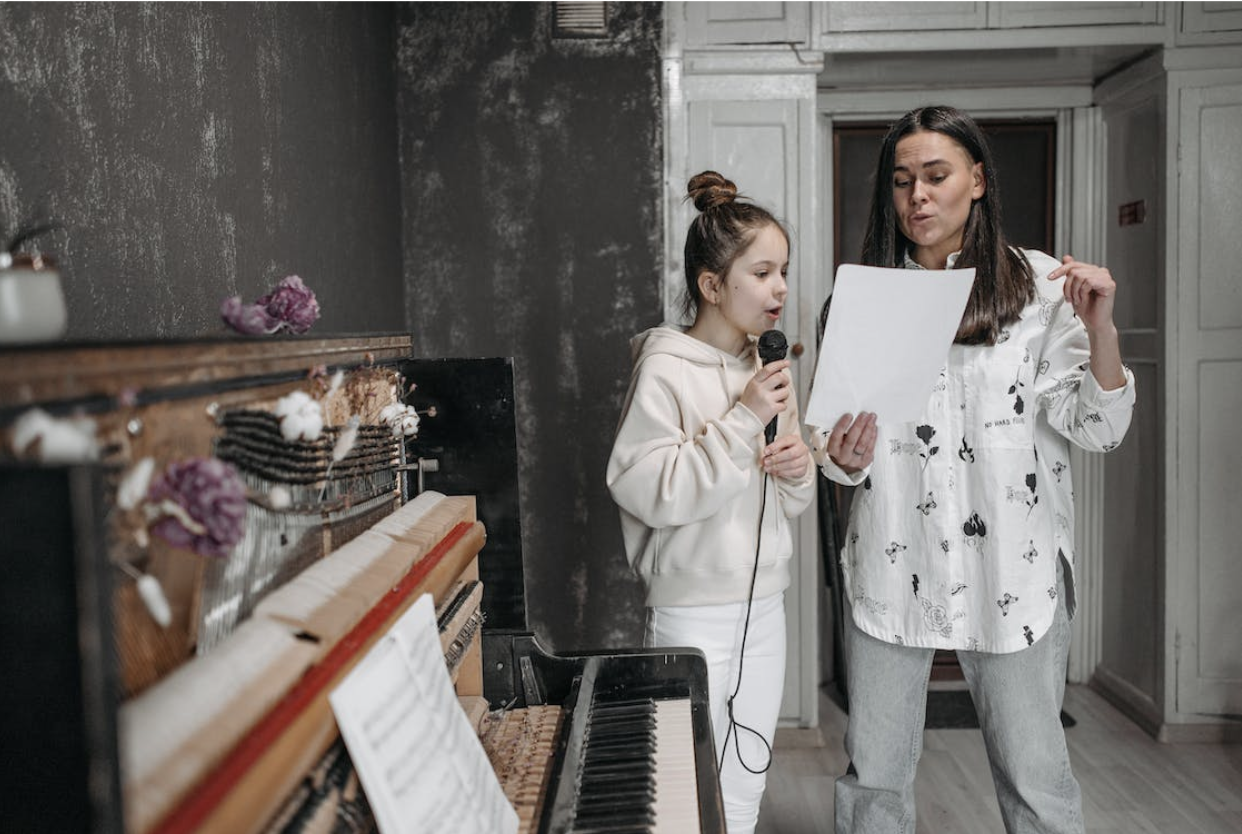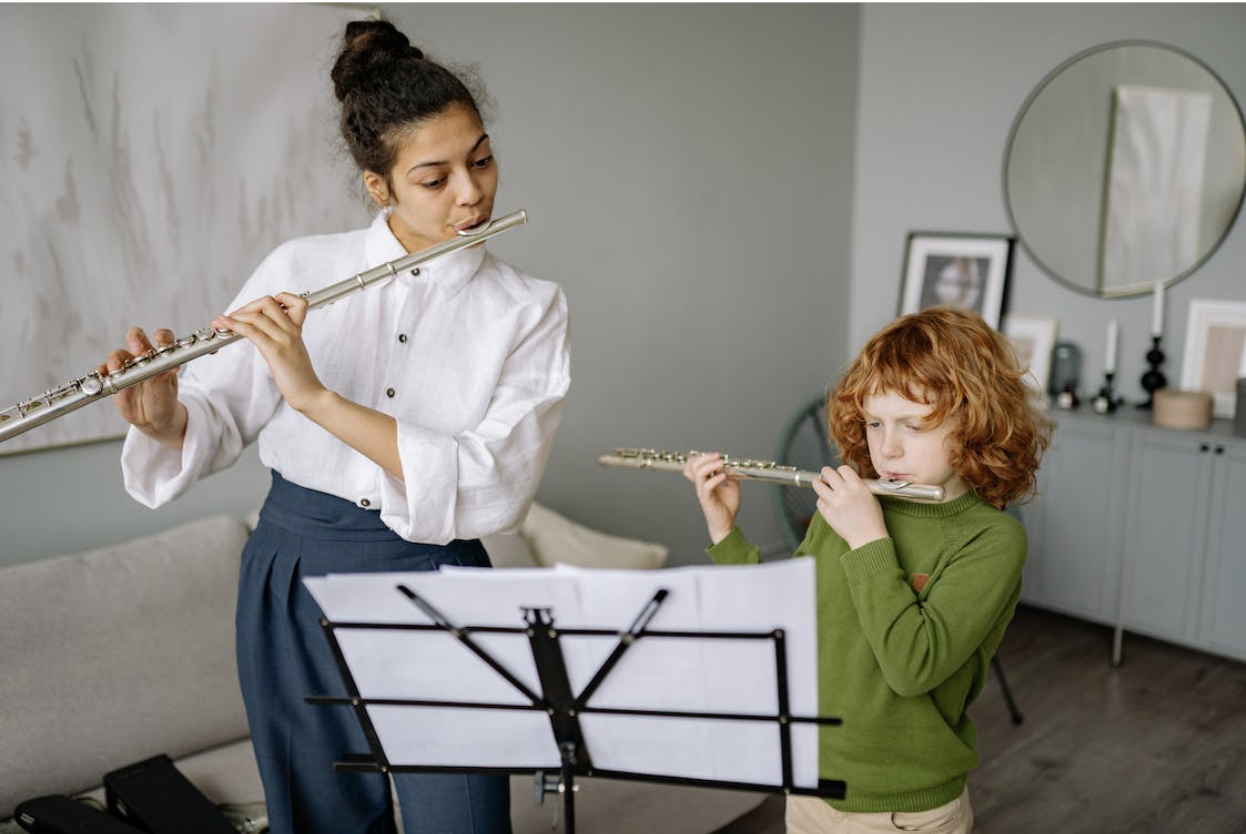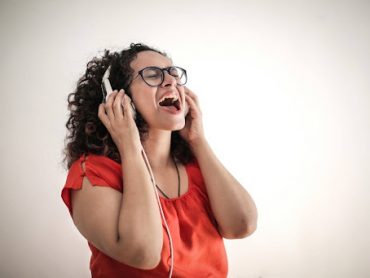Music has the power to touch our souls and bring joy to our lives. Whether you dream of playing a musical instrument, singing, or creating your own compositions, finding your rhythm is essential. In this beginner’s guide to music lessons, we will explore the importance of rhythm in music and provide valuable tips on how to discover and develop your sense of rhythm.
Understanding Rhythm
Rhythm is the heartbeat of music. It refers to the pattern of sounds and silences that create a musical piece’s structure and groove. A thorough understanding of rhythm is crucial for musicians as it determines the flow, timing, and overall feel of a composition. Before diving into music lessons, it’s essential to grasp the basic concepts and terminology related to rhythm. Learn about beats, measures, tempo, time signatures, and note values to lay a strong foundation for your musical journey.
Choosing the Right Instrument
Finding your rhythm starts with selecting the right instrument that resonates with you. Explore different musical instruments and consider factors such as personal preference, musical style, and physical compatibility. Are you drawn to the melodic sounds of a piano? Or perhaps the rhythmic beats of drums make your heart pound? Take the time to research and try out different instruments to find the one that captures your interest and sparks your passion.
Finding a Music Teacher
While self-learning is an option, having a music teacher can accelerate your progress and provide valuable guidance. The music teachers at www.musicion.com advise prospective music learners to look for a qualified and compatible music teacher who understands your goals and can tailor lessons to your individual needs. Seek recommendations, read reviews, and interview potential teachers to ensure they are a good fit for your learning style. A skilled teacher will not only teach you the technical aspects of music but also inspire and motivate you to find your unique rhythm.
Setting Goals and Establishing a Practice Routine
Setting goals is essential for progress and improvement in any endeavor, including music lessons. Define your musical goals and break them down into smaller, achievable milestones. Whether it’s learning a specific song, mastering a new technique, or performing in front of an audience, having clear objectives will keep you focused and motivated. Alongside setting goals, establish a consistent practice routine. Dedicate regular time to practice your instrument and develop your rhythm skills. Remember, practice makes perfect!
Learning Basic Rhythmic Patterns
To find your rhythm, start with the basics. Familiarize yourself with common rhythmic patterns and time signatures. Practice simple exercises that focus on clapping, tapping, or counting beats to internalize the rhythmic feel. Gradually progress to more complex patterns, incorporating different note values and syncopation. By building a strong foundation of rhythmic understanding, you will be better equipped to tackle more challenging musical pieces.
Developing Inner Pulse and Timing
Finding your rhythm goes beyond playing the correct notes. It involves developing a strong sense of inner pulse and timing. Close your eyes and feel the beat within you. Practice playing along with a metronome or a backing track to improve your timing and synchronization. Additionally, playing music with others—whether in a band, orchestra, or ensemble—will enhance your ability to stay in sync with fellow musicians and truly feel the groove of the music.
Expanding Your Musical Vocabulary
Explore different music genres and styles to expand your musical vocabulary. Immerse yourself in various types of music, from classical to jazz, rock to hip-hop. Each genre offers unique rhythmic patterns and phrasing that will broaden your understanding and appreciation of rhythm. Experiment with improvisation and creativity, allowing yourself to express your own rhythmic ideas and interpretations. The more diverse your musical experiences, the richer your rhythmic palette will become.
Overcoming Challenges and Building Confidence
Learning any new skill comes with challenges, and music is no exception. As a beginner, you may face difficulties such as finger coordination, reading sheet music, or maintaining a steady rhythm. Embrace these challenges as opportunities for growth and improvement. Seek guidance from your music teacher, practice diligently, and be patient with yourself. Over time, you will overcome obstacles, build confidence, and develop a strong sense of rhythm that is uniquely yours.





